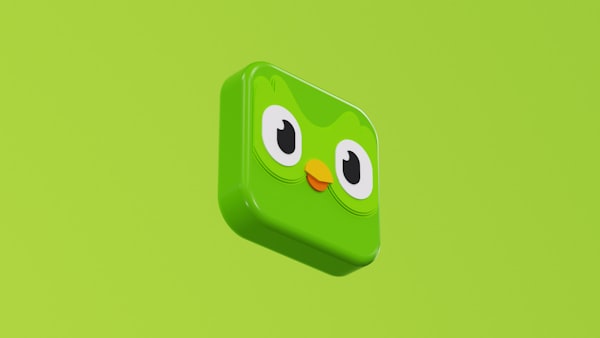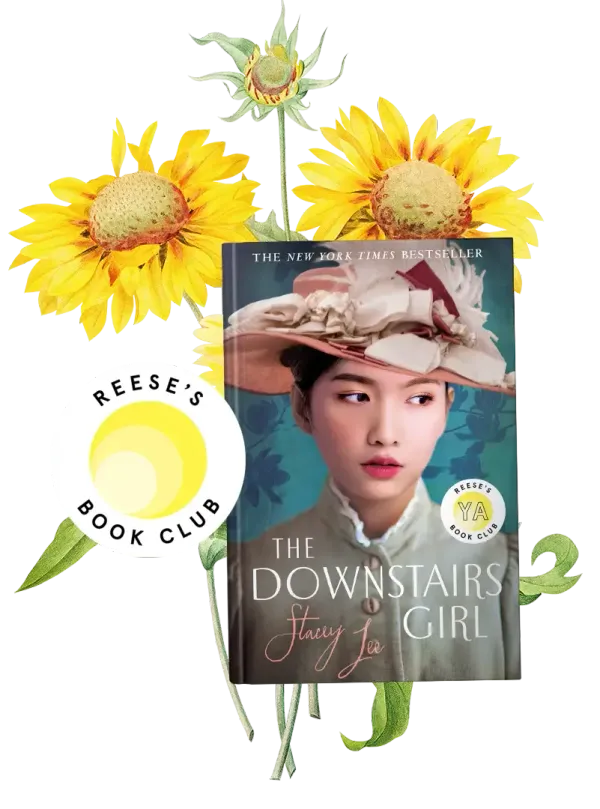A blog by any other name ...
I read so many Substacks, in fact, that it can take up my entire morning--reading my subscriptions on the app, then commenting, then noticing who has 're-stacked' one of my articles . . . Wait, what does this remind me of?

It just took me three tries and 10 minutes to log into my own website. And not because I forgot my password. I don't even know my password, I use a password manager for that.
But my web host requires two-factor authentication - clicking on a link to my email - in order to sign in. For most people, this is simple. You get an automatic email with a link to log in.
But the link expires after three minutes - which is now apparently longer than my attention span.
Menopause brain + two-factor authentication = chaos.
I kept getting distracted by a text from one of my kids, or a different email message and forgetting to click the link in time.
But I'm here now and dedicated to getting back to my original reason for this post.
Everything old is new again
My difficulties with memory and attention span notwithstanding - when it comes to writing, the old way is still what gets the job done (and the job, in the first place).
From this morning's inbox, comes the revelation that LinkedIn users are getting wise to the use of AI-generated posts and comment spam.
Nick Wolny, a managing editor at CNET who also writes the personal business newsletter, Financialicious, states:
"More comments typically lead to better distribution on most platforms, so marketers are using AI-powered engagement farming to up their visibility — even if the engagement itself is garbage.
Users are already starting to pick up on this, and skepticism is going up a lot online as a result. Content marketing is changing. Quantity won’t matter as much anymore; instead, your content needs to be better — and it needs to be clearly human."
Wait, it needs to be clearly human!?
But I thought the use of AI was supposed to be essential for writers? With the right tools, I could be publishing everywhere, launching a dozen different paid newsletters, 20 articles a day, master social media engagement, and rake in thousands in subscriber cash each month?
Despite all of the tip articles on Medium about how to use generative AI without readers knowing it's generative AI, it turns out your average eight-year-old can detect ChatGPT text and most people don't even want to read keyword-stuffed word salad - let alone pay for it.
Wolny continues:
Ramit Sethi calls this “remarkable content.” This is content that takes 3x or even 5x the time to produce, but delivers a much stronger impression and lasts for years as a result. Focus on creating remarkable content that is evergreen.
Focus on content. Quality over quantity.
Shocking.
The return of the blog
In related news, Facebook, Instagram, and Twitter (oops! I mean, X) are so last year. Everyone and your grandmother is launching a Substack newsletter. (And remember, I have one as well.)
I read so many Substacks, in fact, that it can take up my entire morning--reading my subscriptions on the app, then commenting, then noticing who has 're-stacked' one of my articles . . .
Wait, what does this remind me of?
Give me a minute. It will come to me.
So, I don't just subscribe to Substack newsletters. I also read Medium publications, Wordpress blogs, and several other web magazines.
I don't like sifting through my cluttered email inbox (full of expired two-factor authentication links!) to find what's new. So yesterday I logged back into Feedly for the first time in like six years to update my RSS feeds and keep track everything there.
That's when it hit me.
This is blogging. It may be blogging 3.0 (or 4.0, or 57.0 - who knows at this point). They're blogs!
'You subscribe to my Substack and then I will subscribe to yours.' I'll share your links on Notes. I'll share your links to my socials. You share mine.'
Who else was on Blogspot in the nineties?
The only thing that's missing are weekly blog circles or roundups and then adding everyone to your blogroll. (Psst! That's now called "adding them to your Recommendations" - peep mine over on the right.)
It's just like those heady days in the early 2000s when Blogger and Typepad were all the rage. Remember BlogHer? I do.

Just like Gen X - blogs get overlooked
Full disclosure, this website is now hosted on Ghost - moved over from Wordpress - both of which have offered support for independent publishing and paid e-newsletters for years. Substack is the new kid in town getting all the press as the solution for writers and journalists now that traditional news media is on the decline.
But just like the over-hyped divide between Boomers and Millenials, blogs are the dependable Gen X-ers in the middle, getting the work done. Traditional media has been declining for decades.
But OG bloggers know that it's the message, not the medium (or the platform) that is key. What constitutes good writing, good journalism, good content remains the same whether it's in print, on a website, in a forum or in your inbox.
Show me the money
The real question - and the innovation/gamble that Substack has made - is whether paid subscriptions alone are going to be the new model by which independent publishing can thrive.
Traditional newspapers and magazines rely on a combination of advertising and subscriber revenue (with the vast majority of it derived from advertising). The popular blogs that made money, initially, were almost exclusively advertising supported - both by the visible ads placed on the websites themselves, and through 'spon con' (sponsored content), where the blogger wrote about or featured the advertisers' products.
A wave of undisclosed spon con hurt a lot of bloggers' credibility and--in my opinion--tarnished the reputation of online publishing in the process. Then there are/were blogs that blanket their site with ads, which looks unprofessional - not to mention making the articles almost unreadable.

A subscriber-driven publication--either print or online--is immune to those compromises, both the ethical and the aesthetic. Readers can be sure that if the writer is trying to sell them something - it's overt and disclosed.
Email newsletters have a clean, clutter-free appearance. Engagement is monitored by views and the 'open' rate, not by how long eyes are on a webpage. So, there's no pressure to have the super-long scroll of many food blogs.
But those individual subscriptions can add up quickly - at the $8 a pop recommended by Substack. I have paid subscriptions to four Substack newsletters and that alone is $32 a month.
I have two non-Substack newsletters I subscribe to for around $5 a month. So that's $42 a month just for newsletters. Because I'm an old fogey, I still have subscriptions to traditional news media (two newspapers, an online news site, and a magazine). All of that alone adds up to a couple hundred a month on top of what our family pays for other media. More than that is really not in the budget. And we probably spend more than most people.
There are many writers I love to read. And I definitely believe in writers being paid for their work. But my wallet will never be able to keep up with my eyes.
I know many Substack writers who accept advertising, as well as subscriptions, to support their publication. And I think it will still be a mix of those elements in the future that will let online publishing grow in a better direction.
What are you trying to say?
Back to my point.
'Remarkable writing' (by humans!) will always be in demand. And, when it reaches the right audience - something people will pay for. So, resist 'coaches' pushing formulas and tips who say that you have to publish every day, or write in a certain style, or use certain tools, or be on a specific platform. There is no one formula.
Heather Cox Richardson didn't get a million subscribers because Substack is magic. She got them because she writes what a million people want to read so much that they are willing to pay for it. (And she started writing on Facebook!) Substack is the platform that supports the distribution of her work, but the work is what people are paying for.
Traditional media, blog, newsletter or stone tablet - that story remains the same.



